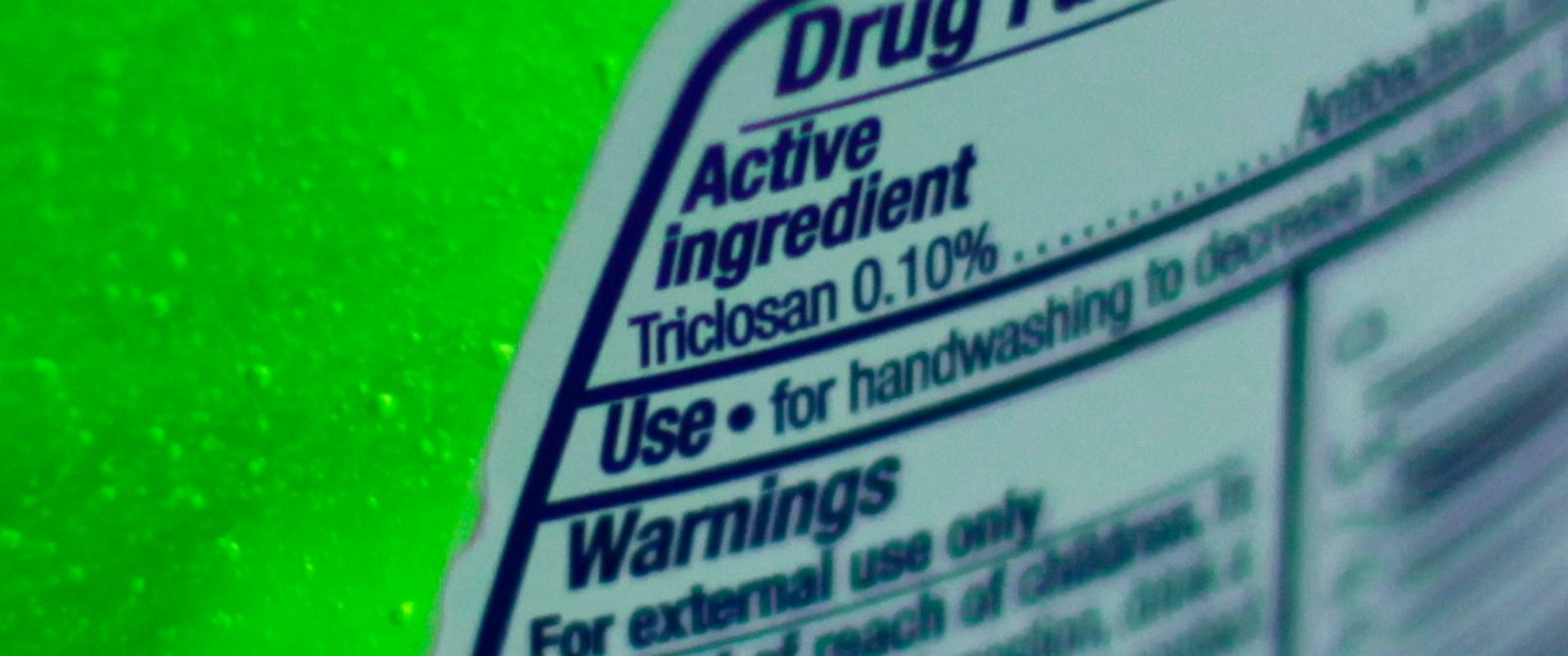The Government of Canada is taking action to address the release of triclosan into Canadian waters.
The chemical, commonly found in some toothpaste, body washes, soap and clothing, has been shown that exhibit a potential for endocrine disruption. Roughly 1,600 products containing triclosan are sold in Canada, with another 130 personal care products containing the antibacterial chemical regulated as drug products.
The main exposure of concern for triclosan is in aquatic ecosystems. Measured concentrations of triclosan in surface water are available for numerous water bodies in both densely and lightly populated areas of Canada from 2002 to 2014. Even though the majority of measured triclosan concentrations in surface water are below the level determined to be protective of toxic effects (or the PNEC), there are a few instances where this level was exceeded.
In 2015, the Canadian Environmental Law Association urged all provinces and states bordering the Great Lakes to prohibit use of the chemicals and assess proposed alternatives before they are used. And in 2012, the federal government released a preliminary report on triclosan concluding that it is not harmful to humans but that it could pose harm to the environment.
A government notice outlines the proposed risk management action for triclosan. In particular, the Government of Canada is considering implementing a notice requiring the preparation and implementation of Pollution Prevention Plans under Section 56 of the Canadian Environmental Protection Act, 1999 (CEPA) with the objective of reducing the quantity of triclosan released to the aquatic environment as a result of the use by consumers products containing triclosan imported into and formulated in Canada. This approach is recommended rather than an outright ban of triclosan.
Interested stakeholders are invited to provide information regarding any alternatives to triclosan, as well as information about the benefits and impacts associated with the risk management action presented on or before January 25, 2017.
Comments on the Risk management Approach document and additional information should be submitted to the address provided below:
Environment and Climate Change Canada
Chemicals Management Division
Gatineau Quebec K1A 0H3
Tel: 1-800-567-1999 | 819- 938-3232
Fax: 819-938-3231
Email: [email protected]
More information can be accessed online.
A correction to this article was published on December 5th. The previous version stated that the “Government of Canada is taking action to address the release of triclosan (2,4-D) into Canadian waters.” The bracket is incorrect because 2,4-D is not the same chemical as triclosan. These are two different chemicals. They are not related. The published Risk Management Approach document is related to triclosan only.













